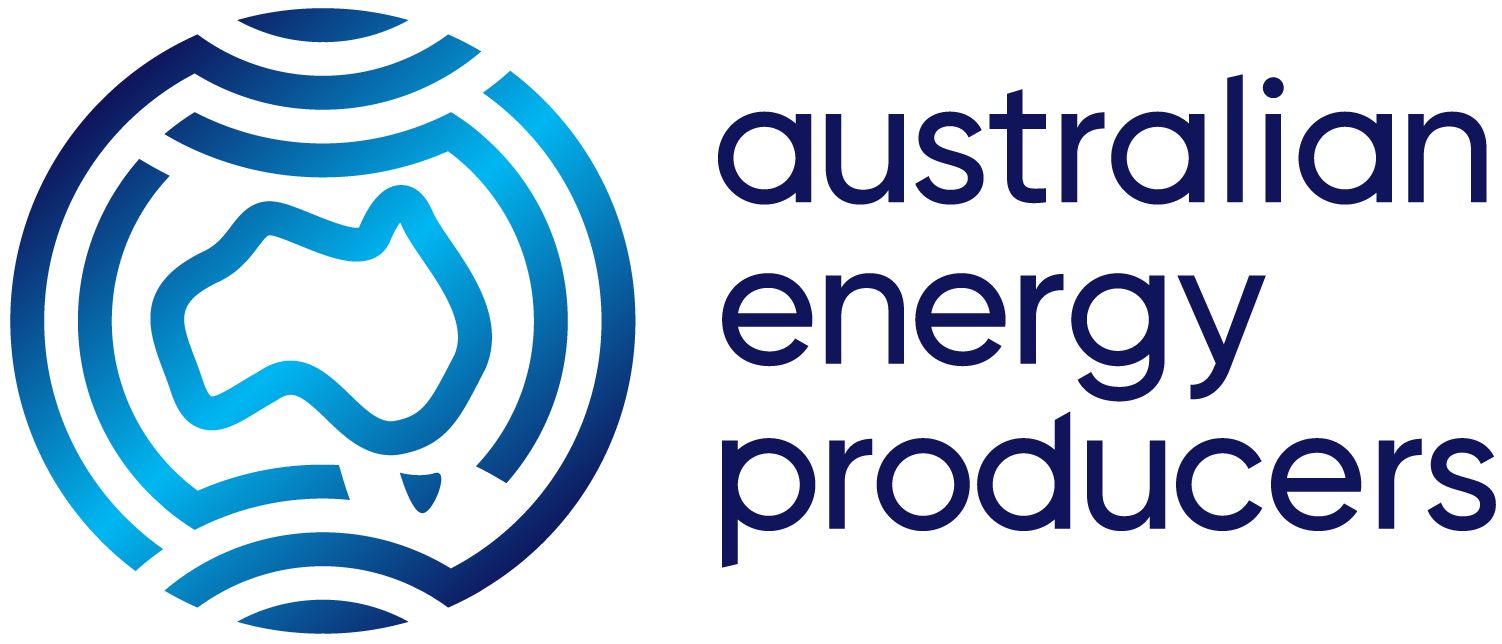28 Mar 2023
Opinion Article: Safeguard deal will only fuel emissions and costs (The Australian)
The federal government’s safeguard mechanism reforms ignore the crucial role of natural gas in getting to net zero by 2050 and risk making Australia’s climate targets even harder to achieve.
Australia’s gas industry shares the nation’s commitment to net zero and understands our growing responsibilities as part of a cleaner energy future: replacing coal, backing up renewables, producing low-carbon hydrogen and powering Australian industry and manufacturing as well as the processing of critical minerals necessary for net zero.
But the changes announced on Monday fail to recognise this role and contradict the messages of everyone from the International Energy Agency to the Australian Energy Market Operator and even Anthony Albanese himself.
The Prime Minister identified this crucial role for natural gas earlier this month when he spoke of how it could underpin the uptake of renewables while guaranteeing energy security, domestically and for our international partners.
“Gas in particular has a key role to play as a flexible source of energy, providing peaking power today and continuing to provide firming and back-up power,” he said.
The safeguard mechanism announcement is the latest example of government action not matching the rhetoric. Just see the trend of cascading interventions in the domestic gas market while the Australian Competition & Consumer Commission, AEMO and the government are all stressing the need for new gas supply.
Now the safeguard mechanism reforms, aimed at achieving net zero, could actually push national and international climate targets further away and make the cost to get there even greater.
At an energy security and cost-of-living level, new gas supply is needed because it can help avoid the forecast shortfalls identified by the ACCC and AEMO and put downward pressure on prices. More natural gas also will be needed across the region to help reduce emissions and get the world to net zero. Otherwise the recent trend of using more coal and producing higher emissions is likely to continue. In fact, the IEA forecast 2022 as the highest year ever for coal consumption.
The safeguard changes place additional barriers on the gas projects essential to decarbonise Australia’s energy systems and those of our Asian trading partners.
According to the government, our exports can lower emissions in liquefied natural gas importing countries by up to 166 million tonnes of carbon dioxide annually by replacing other higher-emissions energy sources. That’s about a third of Australia’s total greenhouse gas emissions. Impacting gas exports will not only affect emissions reductions in the region but also will place at risk the economic dividends for Australians that flow to government budgets from the nation’s world-leading LNG exports.
Further, the announced safeguard mechanism changes strengthen the need for strong direction from Canberra on carbon capture, use and storage. While the US has put in place support for CCUS, and Britain announced a £20bn ($36.8bn) package for the technology earlier this month, Labor cut funding for CCUS by $250m in the budget last October.
The Australian Petroleum Production & Exploration Association has been calling for a national CCUS road map to provide policy direction, to progress priority carbon management hubs and to promote Australia as a regional CO2 storage leader.
This is not just rhetoric. The industry is already one of Australia’s biggest investors in decarbonisation, having already announced billions of dollars of emissions reduction and renewable investment across Australia.
Given the scale and urgency of the challenge at hand, we need all the emissions reductions options we can get – including natural gas.
Samantha McCulloch is chief executive of the Australian Petroleum Production & Exploration Association

